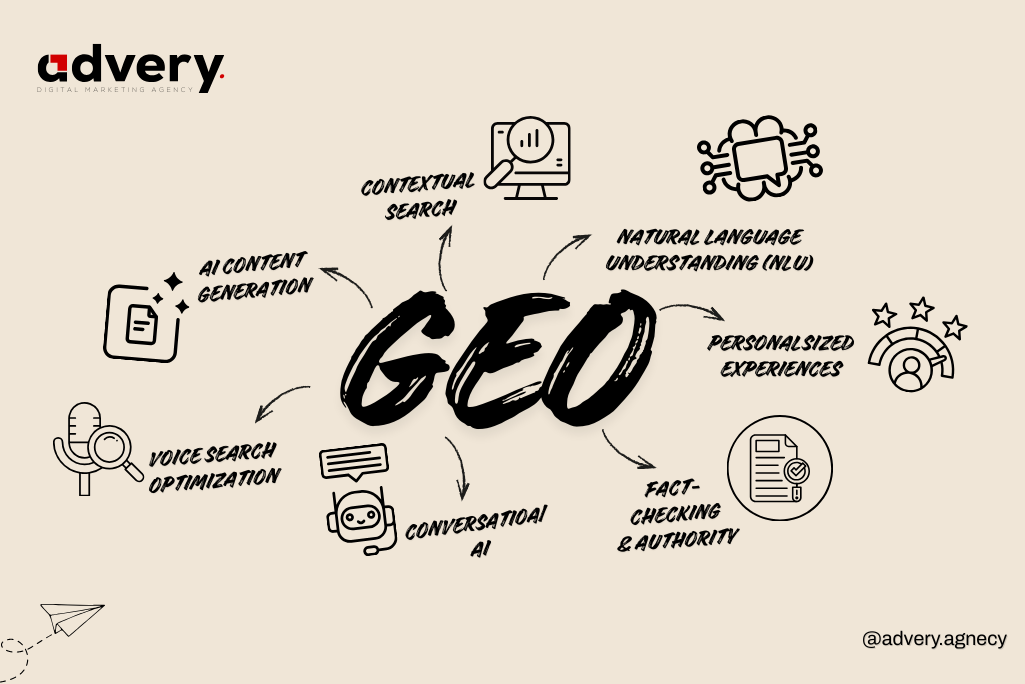
How do we leverage AI in audience behavior?
The first rule of business success is to know your customers as well as possible. Today, consumer data is the 'golden ticket' that every company seeks to communicate more effectively with its target audience and craft messages that truly resonate. Artificial Intelligence has become invaluable in this effort, turning days of manual analysis into insights within hours.
According to a survey by Survey Monkey :
63% of Gen Zers like the idea of personalized deals. 42% of customers appreciate AI-driven product recommendations. 65% of consumers would be comfortable using AI to order food and drinks.
With these trends, let’s explore how businesses can leverage AI to gain a deeper understanding of audience behavior.
Why should we use AI to understand our clients ?
Better ROI :
AI-driven insights support smarter decision-making, allowing us to create client-centered action plans that boost the return on investment for every campaign.
Personalization Is Everything :
With each passing year, tailored content becomes more essential to customer satisfaction, retention, and loyalty. AI helps us deliver highly personalized experiences that resonate.
Audience Segmentation :
AI enables detailed audience segmentation based on behavioral traits, making it possible to use specific lead magnets for each segment and improve targeting effectiveness.
Improved Accuracy :
Errors are inevitable with manual processes, but AI helps minimize these, delivering more reliable and consistent results.
Why should we use AI to understand our clients ?
Artificial Intelligence uses different techniques to comprehend customer needs, these are some of the methods used that enable companies to deliver personalized and responsive experiences :
1. Natural Language Processing (NLP):
Using NLP allows AI to understand and respond to client queries in a human-like way. By analyzing language from various text inputs through social media, emails, or chat messages, AI can point out customer needs, sentiments, and intent.
2. Machine Learning on Historical Data:
Artificial Intelligence browses through historical data, like past purchases, scrolling habits, and feedback, to anticipate what a customer may want or need. This helps businesses to create better recommendations for their clients.
3. Sentiment Analysis:
Reviews, social media comments, and many more different touch points allow AI to analyze customer emotions and opinions. Recognizing the different patterns in customer emotions serves as a tool for companies to address needs and pain points of clients before they escalate.
4. Predictive Analytics:
AI is capable of anticipating the future needs and preferences of customers based on real-time data. This is valuable data, since it allows companies to craft customer retention strategies at the right time.
5. Customer Segmentation:
Using AI can group customers into segments based on shared behaviors and characteristics. This segmentation helps to form a deeper understanding of customer needs with the specific groups.
5. Customer Segmentation:
How can we use AI to understand our consumer’s behavior ?
Understanding consumer behavior is essential for building effective marketing strategies, and AI has revolutionized how we gather and interpret these insights.
Let's dive into the specific steps businesses can take to leverage AI for decoding consumer behavior and creating strategies that resonate.
1. Gathering and Analyzing Data :
The first and most crucial step is data collection—this is the foundation for understanding and predicting audience behavior. Real-time data from sources like online reviews, social media comments, website interactions, and surveys is essential.
AI streamlines data processing by using machine learning algorithms to sift through massive datasets, identifying patterns, trends, and correlations. This process provides companies with a deeper understanding of their audience’s behaviors, preferences, and needs.
2. Implementing AI tools :
Artificial Intelligence tools are a necessity to predict audience behavior. However, good and accurate results depend on the quality of the data. These are few AI tools that companies can use For example;
Usability:
Offers robust analytics and machine learning capabilities suited for large-scale data analysis.
Includes tools like Watson Assistant for conversational AI and Watson Campaign Automation for personalized marketing.
Pricing:
Pricing varies based on services used and data volume. Watson Assistant, for example, offers a free tier with limited requests, with paid plans starting at around $0.0025 per message.
Brands Using IBM Watson:
IBM Watson is widely used across industries, including companies like KPMG for risk management, Woodside Energy for data-driven decision-making, and Humana for enhancing customer service interactions.
Usability:
Unilever, Samsung, and Walmart utilize Brandwatch to understand public opinion, track campaign performance, and improve social media engagement.
Pricing:
Brandwatch provides custom pricing based on user needs, starting from $800 per month.
Brands Using Brandwatch:
Analyzes social media conversations and online trends to gauge audience sentiment and campaign impact.
Offers strong social listening tools, making it invaluable for brands aiming to track public perception and engagement.
Suitable for brands with a focus on social media and consumer insights.
Usability:
Powers Adobe Cloud applications, facilitating content personalization, automated image recognition, and customer journey analytics.
Particularly strong in handling visual data, making it a preferred choice for media-rich platforms.
Ideal for businesses that leverage Adobe Creative and Experience Cloud for content and marketing needs.
Pricing:
Adobe Sensei is integrated within Adobe Cloud solutions, so its cost varies depending on the chosen Adobe subscription. Specific pricing depends on the services and data volume.
Brands Using Adobe Sensei:
Major brands like Nike, and The New York Times use Adobe Sensei to enhance visual content and personalize user experiences.
3. Interpreting The Results :
Once AI tools complete their data analysis, they produce a wealth of predictive insights that companies can transform into practical and actionable strategies.
4. Applying The Insights:
These insights into consumer behavior enable businesses to create highly accurate buyer personas, allowing them to tailor marketing strategies and product development to meet specific customer needs more effectively.
In conclusion, Artificial Intelligence is transforming the way businesses understand and engage with their customers. By harnessing AI tools and techniques, companies can gain precise insights into audience behavior, predict future needs, and deliver personalized experiences. This not only enhances customer satisfaction but also drives better ROI and strengthens brand loyalty. In a world where understanding the customer is key, AI empowers businesses to stay ahead by truly connecting with their audience.





Leave a Reply